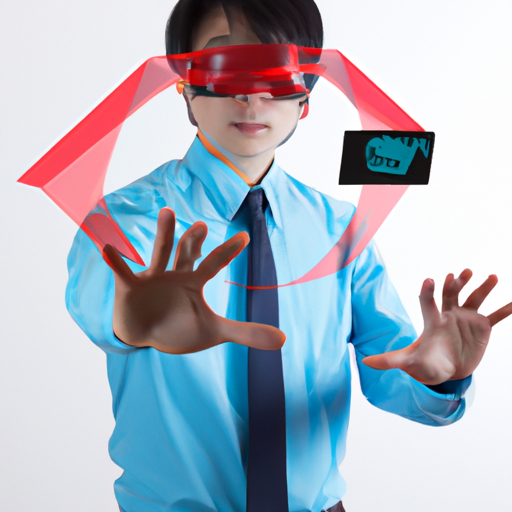Augmented Reality (AR) is a technology that is rapidly gaining traction across various industries. By overlaying digital information onto the real world, AR creates immersive experiences that enhance our interaction with the environment. This blog post delves into the significance of AR, its applications, and its promising future.
What is Augmented Reality?
Augmented Reality refers to the integration of digital information with the user’s environment in real-time. Unlike Virtual Reality (VR), which creates an entirely virtual environment, AR enhances the real world by adding digital elements such as images, sounds, and other sensory stimuli.
The Benefits of Augmented Reality
The benefits of adopting AR technology are vast:
- Enhanced User Experience: AR creates an interactive experience, allowing users to engage with content in a more meaningful way.
- Improved Learning and Training: In education and training, AR facilitates a more engaging learning environment by allowing practical demonstrations.
- Increased Efficiency: Industries like manufacturing and logistics can use AR for maintenance tasks, improving accuracy and reducing downtime.
- Marketing and Advertising: Brands are leveraging AR to create immersive advertisements that capture customer attention.
Applications of Augmented Reality
AR has a diverse range of applications, including:
- Healthcare: Surgeons use AR to overlay critical information during procedures, helping to improve outcomes.
- Retail: AR apps allow customers to visualize products in their homes before making a purchase.
- Gaming: Smartphones and AR glasses have transformed gaming experiences, with popular games like Pokémon Go leading the charge.
- Maintenance and Repair: Technicians benefit from AR applications that guide them step by step through complex repairs.
The Future of Augmented Reality
Looking forward, the future of Augmented Reality seems promising. With advancements in AR technology and its growing popularity, we can expect to see a rise in:
- AR Glasses: Wearable devices that seamlessly integrate AR into daily life will become more common.
- 5G Technology: With faster internet speeds, AR applications will become more responsive and capable of delivering richer experiences.
- Social Media: Platforms like Snapchat and Instagram will continue to innovate with AR filters, enhancing user interaction.
Conclusion
Augmented Reality is not just a buzzword; it is a transformative technology that is changing how we interact with the world around us. As AR continues to evolve, it holds the potential to redefine our experiences in entertainment, education, industry, and more.
Stay tuned for more insights on technology trends, and let us know how you envision the future of Augmented Reality!




